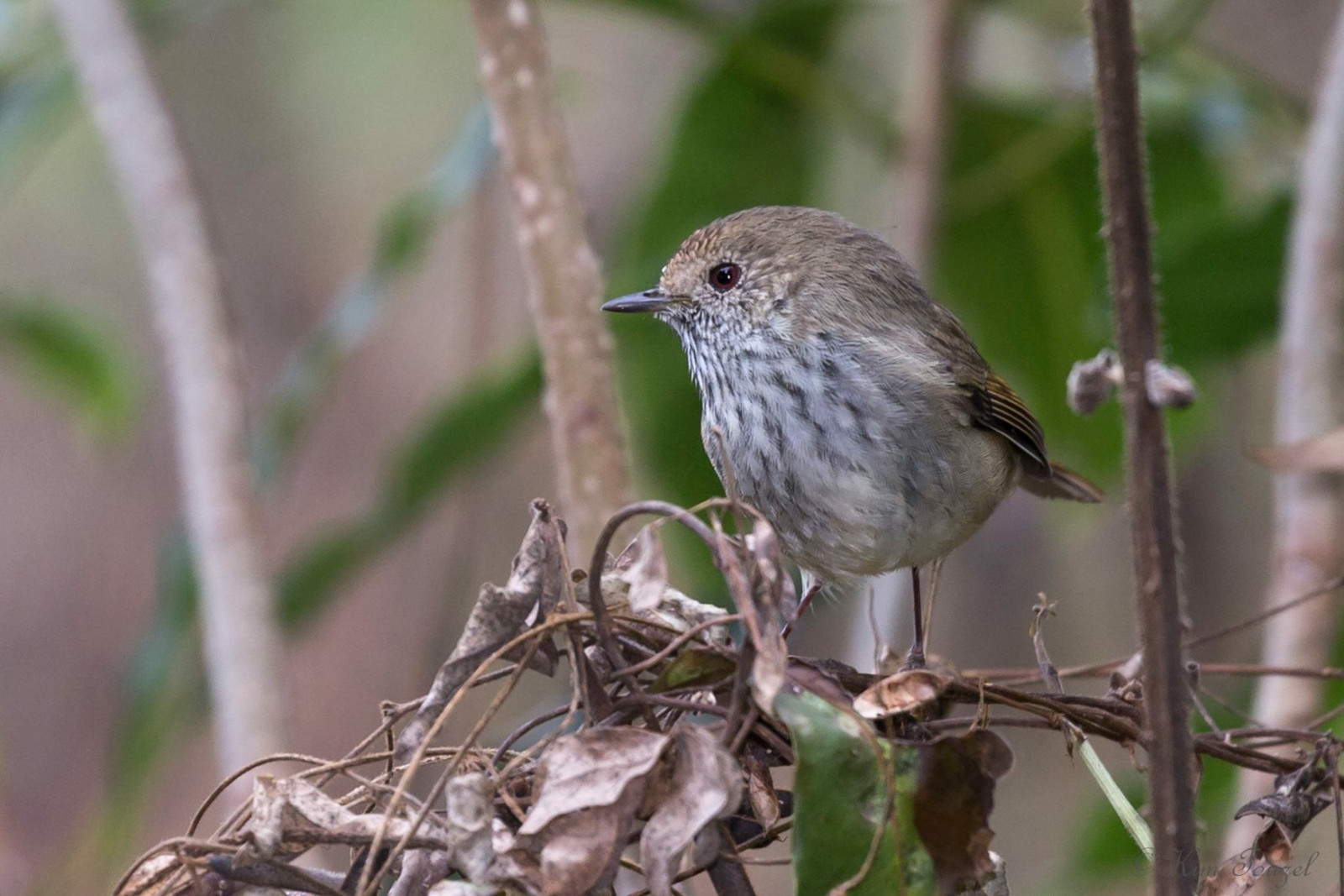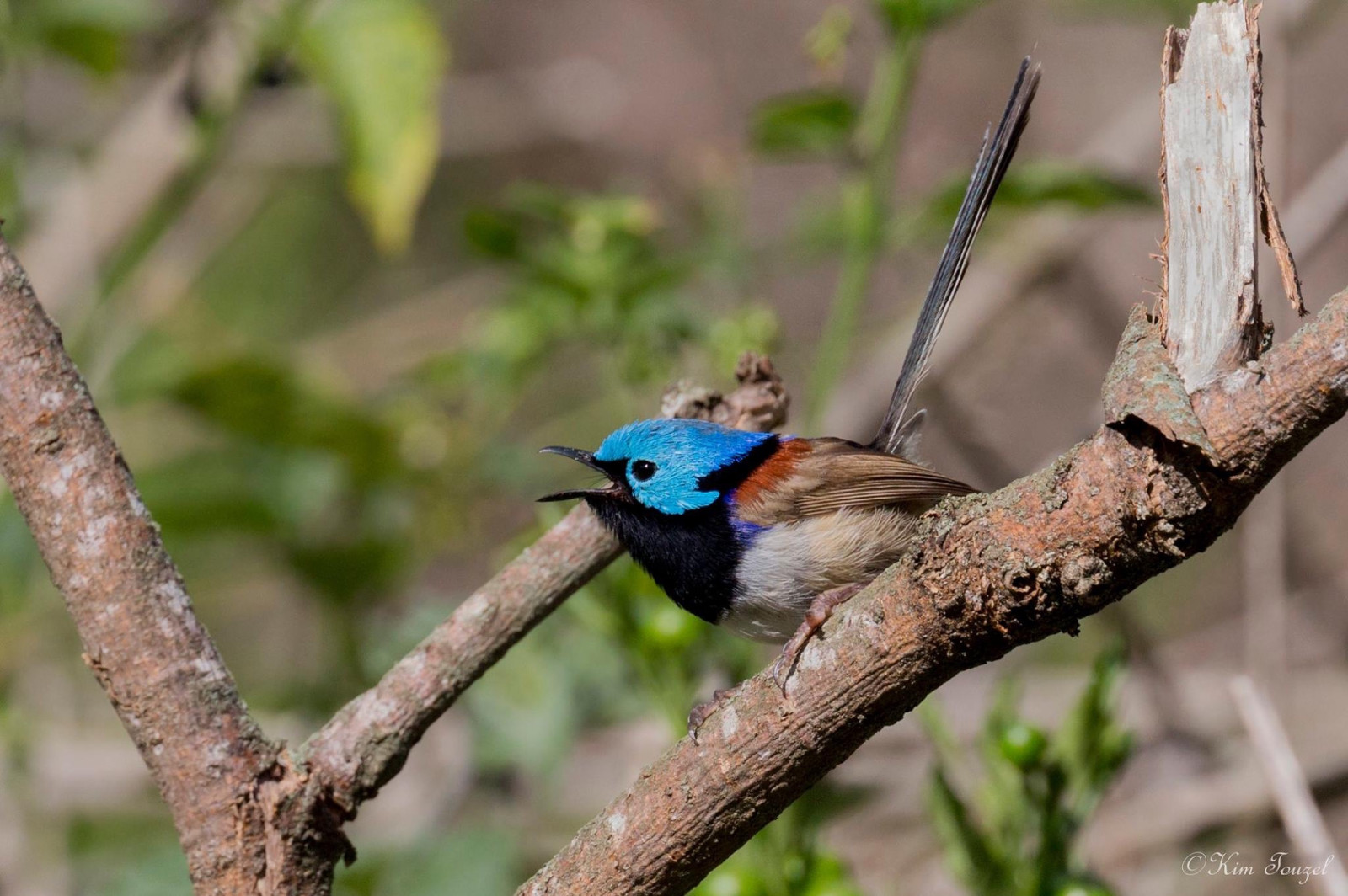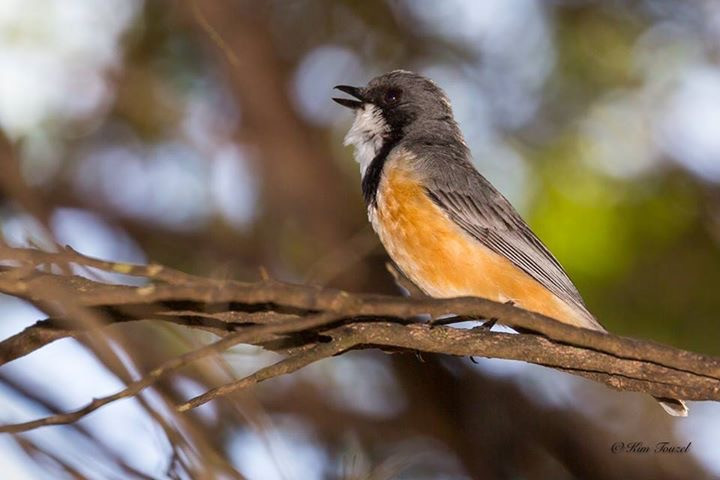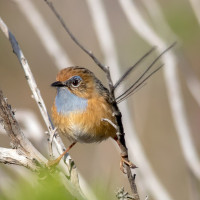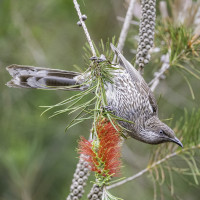Beschreibung
With a variety of native plants in flower over different months of the year the Telegraph Creek Walk is a great location to observe several species of Honeyeater and Wattlebirds. The heath is great habitat for Southern Emuwren and Eastern Bristlebird are always heard calling and often observed crossing the trail. The creek always has water, another attraction for birds. I have heard Glossy Black-Cockatoo calling here and observed them nearby in the Botanic Gardens. Among the other birds you can encounter are Leaden Flycatcher, New Holland Honeyeater, Fuscous Honeyeater, Variegated Fairywren, Brown Thornbill, Grey Fantail, Yellow-tailed Black-Cockatoo, Superb Fairywren, Red Wattlebird, Little Wattlebird, Silvereye and Rufous Whistler.
Details
Zugang
The Telegraph Creek Walk is in the Booderee National Park, Jervis Bay. A park entry fee has to be be paid. There is space on the side of Jervus Bay Road across from the start of the walk to park cars. Press P on the map for directions. You could easily spend the day in the park exploring walks and beaches. The Telegraph Creek walk can be done in an hour or two depending on time spent birding or extending your walk onto other linked trails. The circular walk shown on the map is about 3,5 km.
Terrain und Habitat
Wald , Vereinzelte Bäume und Büsche , Moor/HeidelandBedingungen
FlachRundweg
JaIst ein Spektiv nützlich?
NeinGute Beobachtungszeit
GanzjährigBeste Beobachtungszeit
Sommer , Herbstzug , FrühjahrszugRoute
Schmaler PfadSchwierigkeitsgrad der Tour
EinfachErreichbarkeit
Auto , Fahrrad , zu FußBeobachtungshütten oder -türme
NeinZusätzliche Informationen
There are two benches along the track where you can stop and take a break and listen for birds.
